$699.99
Discover exotic Parson’s Chameleon for sale. Camouflage experts that change color to hide from predators and capture prey. Buy now!
Categories: Chameleons for Sale, Lizards for Sale
Parson Chameleon For Sale: A Guide to the World’s Largest and Most Impressive Chameleon
Chameleons are one of the most captivating and unique reptiles in the world, known for their ability to change colors, independently moving eyes, and prehensile tails. Among the many species of chameleons, the **Parson’s chameleon** (Calumma parsonii) stands out as the largest and one of the most stunning. Native to the lush rainforests of Madagascar, this species is a highly sought-after reptile among enthusiasts and collectors. If you’re considering a **Parson’s chameleon** as a pet or are just curious about this incredible animal, this guide will provide you with everything you need to know.
The Parson Chameleon for sale: An Overview
The **Parson’s chameleon** is revered for its sheer size and vibrant coloration. Adult males can grow up to 27 inches in length, making them the largest species of chameleon in the world. Females are typically smaller, but they are equally striking in appearance. Parson’s chameleons exhibit a variety of color patterns, with shades ranging from bright green, turquoise, and blue to yellow and even white.
The **Parson chameleon** is a slow-moving and calm species, which makes them particularly appealing as a **chameleon pet**. However, their size, special care requirements, and long lifespan (up to 15 years in captivity) make them a commitment not to be taken lightly.
Where to Find Parson Chameleons for Sale
Given their size, rarity, and striking appearance, it’s no surprise that many reptile enthusiasts are interested in finding a **Parson’s chameleon for sale**. However, acquiring one can be a challenge, as they are not commonly available in the pet trade. Madagascar, the only place where Parson’s chameleons are naturally found, has strict regulations on the export of its wildlife. This means that most Parson’s chameleons for sale today come from captive breeding programs.
If you’re looking to purchase a **Parson’s chameleon**, it’s essential to buy from reputable breeders or specialized exotic pet stores. Captive-bred chameleons are generally healthier, less stressed, and more likely to adapt well to captivity compared to wild-caught specimens. Wild-caught chameleons often suffer from parasites and stress-related issues, so it’s always advisable to seek out a trusted source.
Be prepared for a higher price when purchasing a **Parson’s chameleon**. Due to their rarity and the resources required to breed and care for them, they tend to be more expensive than other chameleon species.
Why Choose a Parson Chameleon as a Pet?
Owning a **Parson’s chameleon** can be a rewarding experience for reptile enthusiasts. Here are a few reasons why these chameleons make excellent pets for the right owner:
Unique Appearance
Parson’s chameleons are some of the most visually striking reptiles in the world. Their large size, intricate patterns, and ability to subtly change colors make them a showstopper in any collection. Whether perched on a branch or calmly exploring their environment, a **Parson’s chameleon** is sure to capture attention.
Calm and Slow-Moving
Unlike other chameleon species that can be skittish or nervous, Parson’s chameleons are known for their calm and slow-moving demeanor. This makes them easier to handle and observe compared to smaller, more excitable species.
Longevity
With proper care, Parson’s chameleons can live up to 15 years in captivity. This is longer than most other chameleon species, making them a long-term companion for dedicated owners.
impressive Size
As the largest chameleon species, owning a **Parson’s chameleon** is truly a unique experience. Their size alone makes them stand out, and their majestic presence is unlike any other reptile pet.
While **Parson’s chameleons** are incredible pets, they require specialized care to thrive. If you’re considering adding one to your collection, it’s important to be prepared for the following responsibilities.
Enclosure Requirements
Due to their large size, **Parson’s chameleons** need a spacious enclosure to move around comfortably. A vertically oriented enclosure is ideal, as chameleons prefer to climb. A single adult Parson’s chameleon should be housed in an enclosure that is at least 4 feet tall, 3 feet wide, and 3 feet deep.
The enclosure should be heavily planted with live plants to mimic their natural rainforest habitat. Plants like Ficus, pothos, and hibiscus work well for providing cover and vertical climbing opportunities. Branches and vines should be arranged throughout the enclosure to allow your chameleon to move and explore.
Temperature and Humidity
Parson’s chameleons require specific temperature and humidity levels to stay healthy. The enclosure should have a temperature gradient, with a basking area that reaches 85-90°F and a cooler area of around 70-75°F. At night, the temperature can drop to around 65°F.
Humidity is crucial for Parson’s chameleons, as they come from the humid rainforests of Madagascar. Maintain a humidity level of 70-80%, and provide misting several times a day to simulate the moisture levels they would experience in the wild.
Lighting
Like all chameleons, **Parson’s chameleons** require UVB lighting to synthesize vitamin D3 and properly metabolize calcium. Without proper UVB exposure, they can develop metabolic bone disease. Make sure to provide a high-quality UVB light for 10-12 hours a day.
Diet
A healthy diet for a **Parson’s chameleon** consists primarily of live insects. They enjoy a variety of prey, including crickets, roaches, hornworms, and silkworms. It’s essential to gut-load the insects with nutritious foods before feeding them to your chameleon to ensure they’re getting the nutrients they need.
In addition to live insects, it’s a good idea to dust their food with calcium and vitamin supplements to prevent deficiencies. Parson’s chameleons may also occasionally consume leafy greens or small fruits, though this is less common.
Handling and Interaction
While **Parson’s chameleons** are calm and slow-moving, they are generally solitary animals and can become stressed if handled too frequently. It’s best to minimize handling and allow them to explore their enclosure at their own pace. With time, they can become more accustomed to their environment and your presence, making interactions more enjoyable for both you and your pet.
The Cost of Owning a Parson’s Chameleon
Owning a **Parson’s chameleon** is a significant investment, both in terms of time and money. The initial purchase price of a **Parson’s chameleon for sale** can range anywhere from $1,000 to $3,000 or more, depending on the breeder, the animal’s age, and its coloration.
In addition to the cost of the chameleon itself, you’ll need to invest in a proper enclosure, lighting, heating, plants, and other supplies. Monthly costs will include live food, supplements, and electricity for heating and lighting. Veterinary care should also be factored into your budget, as chameleons can develop health issues that require professional attention.
Parson’s Chameleons in the Wild
In their natural habitat of Madagascar, **Parson’s chameleons** are forest-dwellers, preferring the dense, humid rainforests of the island’s eastern region. Unfortunately, Madagascar’s rainforests are under constant threat due to deforestation and habitat destruction, which has led to a decline in wild chameleon populations.
Conservation efforts are underway to protect Madagascar’s unique wildlife, including the **Parson’s chameleon**. Captive breeding programs play an essential role in reducing the demand for wild-caught chameleons and preserving this incredible species for future generations.
Conclusion
The **Parson’s chameleon** is a fascinating and awe-inspiring reptile that requires a dedicated owner who can meet its unique care needs. While they may not be the easiest pet to care for, those who take the time to understand and cater to their needs will be rewarded with one of the most visually stunning and captivating reptiles in the world.
If you’re interested in adding a **Parson’s chameleon** to your collection, make sure to do your research and prepare for the responsibility of caring for such a large and complex animal. From their beautiful coloration to their calm demeanor, **Parson’s chameleons** truly stand out as one of the most impressive species in the reptile world.
For those who are ready to take on the challenge, finding a **Parson’s chameleon for sale** through a reputable breeder is the first step. With proper care and attention, these magnificent creatures can thrive in captivity, providing years of fascination and enjoyment for their owners.
Be the first to review “Parson Chameleon for Sale – Captive Bred Males | 14-15 Inches” Cancel reply
Related products
Chameleons for Sale
$399.99
Iguanas for Sale
$999.99
$119.00
Lizards for Sale
$249.99
Bearded Dragon for sale
$399.99





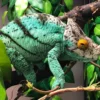

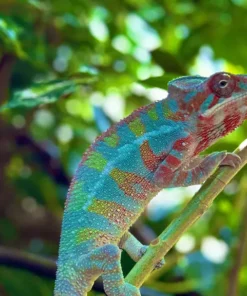

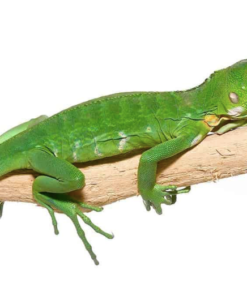
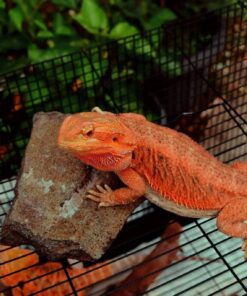
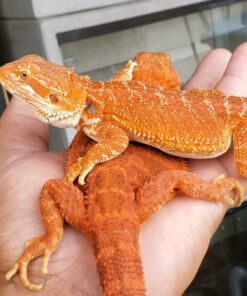
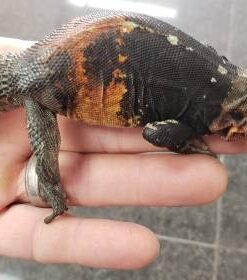
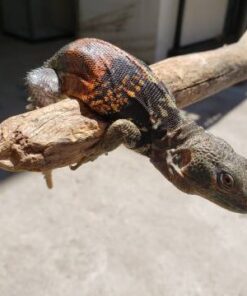
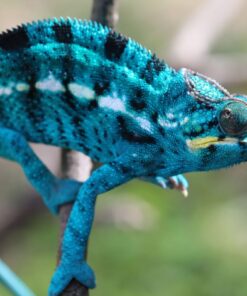
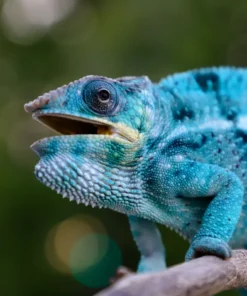
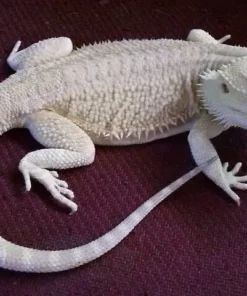
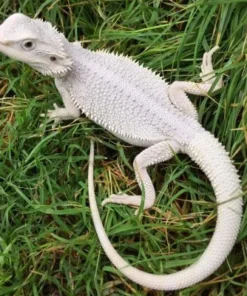
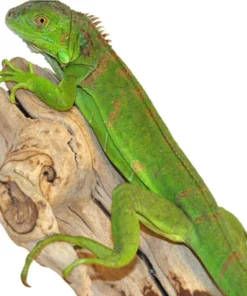
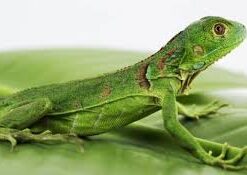
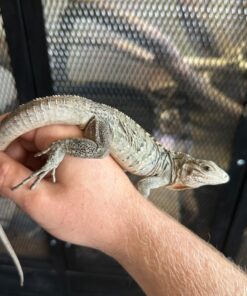
Reviews
There are no reviews yet.